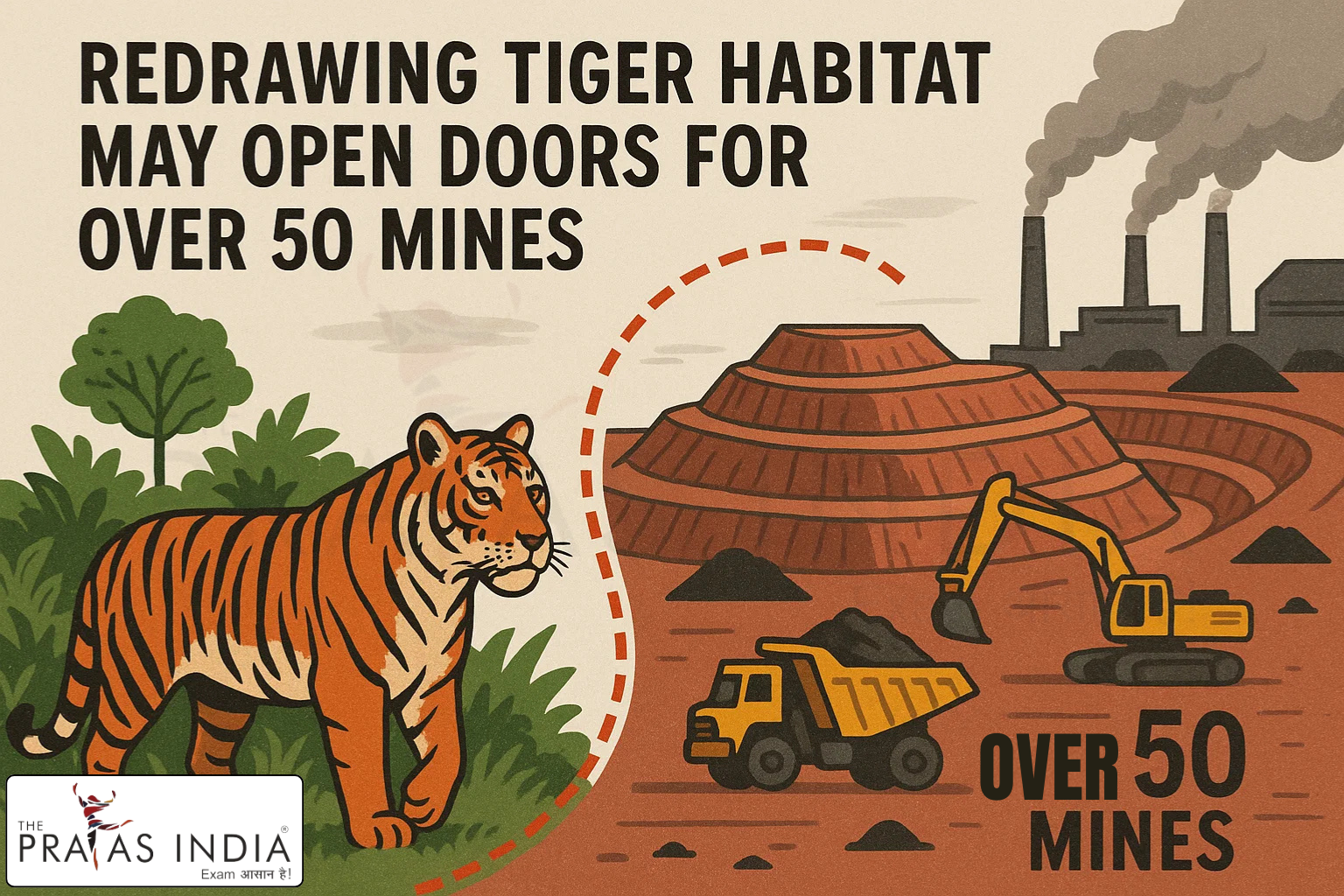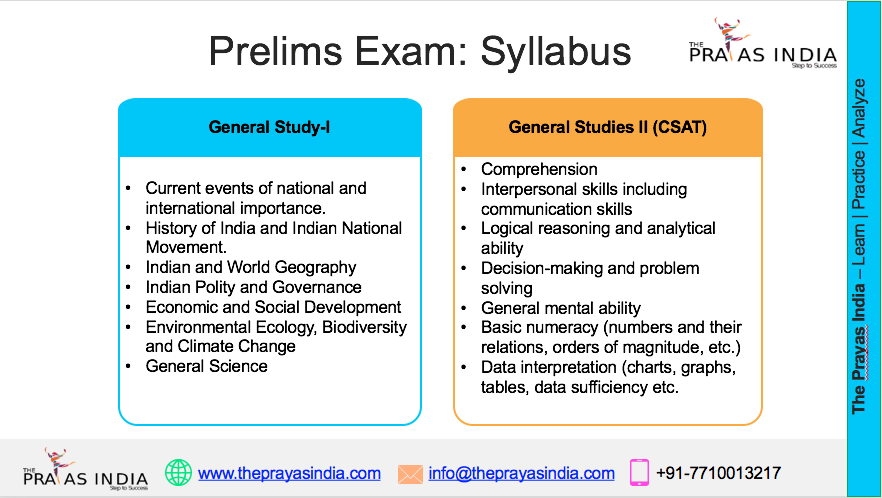Redrawing Tiger Habitat May Open Doors for Over 50 Mines
A major development has unfolded around Sariska Tiger Reserve, one of India’s key protected forest areas in Rajasthan. According to recent reports, the Rajasthan Forest Department is considering redrawing the boundaries of Sariska’s Critical Tiger Habitat (CTH). If approved, the decision could benefit over 50 mining projects that have been stalled due to restrictions under environmental conservation laws.
This move has sparked significant national discussion, raising questions around wildlife protection, economic development, and India’s conservation ethics.

🐅 What is a Critical Tiger Habitat (CTH)?
Critical Tiger Habitats, also known as core areas, are legally protected under the Wildlife Protection Act, 1972. These zones are designated exclusively for tiger conservation, where human activities, especially commercial operations like mining, are heavily restricted or banned.
Sariska Tiger Reserve, located in Alwar district, Rajasthan, is one of the early reserves included under Project Tiger, India’s flagship tiger conservation program.
🧭 What’s the New Proposal?
According to a field assessment by forest authorities and other experts, certain parts of Sariska’s current CTH have low or negligible tiger presence. The proposal suggests excluding areas such as village Kalwar and surrounding zones from the CTH boundaries.
This could make these areas eligible for mining licenses, potentially benefitting more than 50 mining leases, mostly for limestone and other minerals. Officials claim the redrawing is based on scientific assessments and tiger movement data.
⚠️ Conservationists Raise Red Flags
While the proposal may ease industrial activity, conservationists and wildlife experts are deeply concerned. Key issues they raise include:
-
🐾 Disruption of Tiger Corridors: Even low-use areas serve as buffer zones or dispersal corridors for wildlife. Their removal could fragment habitats and affect tiger mobility.
-
🌿 Ecological Integrity at Risk: Mining can lead to deforestation, noise pollution, and habitat degradation in already vulnerable ecosystems.
-
🧬 Precedent for Other Reserves: Approving such changes could set a dangerous precedent for redrawing boundaries in other protected areas across India.
-
👥 Community Displacement & Local Impact: Mining may also impact tribal and forest-dependent communities, further complicating the socio-ecological balance.
🏗️ Development vs Conservation: A Recurring Policy Dilemma
India faces an ongoing challenge of balancing ecological protection with industrial development. On one hand, mining can generate employment and support infrastructure growth. On the other, India is a signatory to global biodiversity commitments and is home to some of the world’s last remaining tiger populations.
With fewer than 3,000 wild tigers left in India, each policy shift involving tiger habitats must be weighed carefully against long-term sustainability.
📌 Relevance for UPSC & Competitive Exams
This topic touches several important syllabus areas and current affairs themes:
✅ GS Paper III – Environment
-
Conservation, biodiversity, and environmental impact assessment
-
Wildlife Protection Act, 1972 and Project Tiger
-
Land-use change and deforestation
✅ GS Paper II – Governance
-
Role of state governments and local authorities in conservation
-
Forest rights, environmental governance, and policy-making
✅ Essay & Ethics Paper
-
Development vs Environment: Where do we draw the line?
-
Public interest vs ecological responsibility
✅ Conclusion
The proposed redrawing of Sariska’s Critical Tiger Habitat reflects a larger national debate—how far should India go in opening up protected areas for economic purposes? While the move may unlock mineral wealth and revive local mining, it risks diluting decades of conservation efforts and setting back wildlife protection goals.
At The Prayas India, we encourage aspirants to engage with such real-world developments critically. As future policymakers and public servants, understanding both sides of the issue is key to building a sustainable and inclusive future.




![Prayas-तेजस [UPSC CSE Sociology Optional] – Online & Offline](https://theprayasindia.com/wp-content/uploads/2025/09/Prayas-तेजस-UPSC-CSE-Optional-Subject-The-Prayas-India-300x300.png)
![Prayas-सूत्र [UPSC CSE Materials (Hardcopy)]](https://theprayasindia.com/wp-content/uploads/2025/09/Prayas-सूत्र-UPSC-CSE-Study-Materials-Hardcopy-The-Prayas-India-300x300.png)
![Prayas-मंत्रा [UPSC CSE CSAT]](https://theprayasindia.com/wp-content/uploads/2025/09/Prayas-मंत्रा-UPSC-CSE-CSAT-The-Prayas-India-300x300.png)
![Prayas सारथी [UPSC CSE One on One Mentorship]](https://theprayasindia.com/wp-content/uploads/2025/09/Prayas-सारथी-UPSC-CSE-One-on-One-Mentorship-The-Prayas-India-300x300.png)










